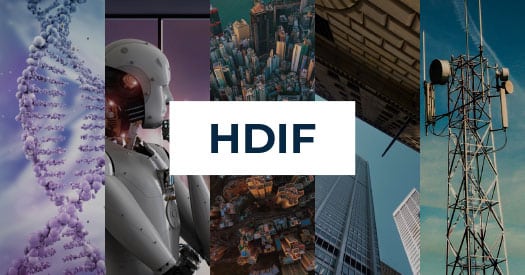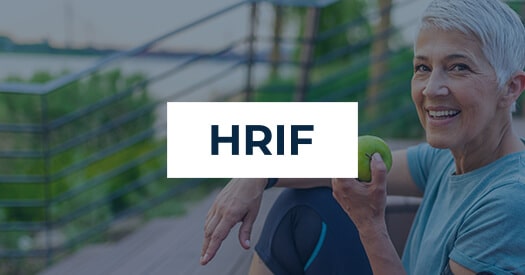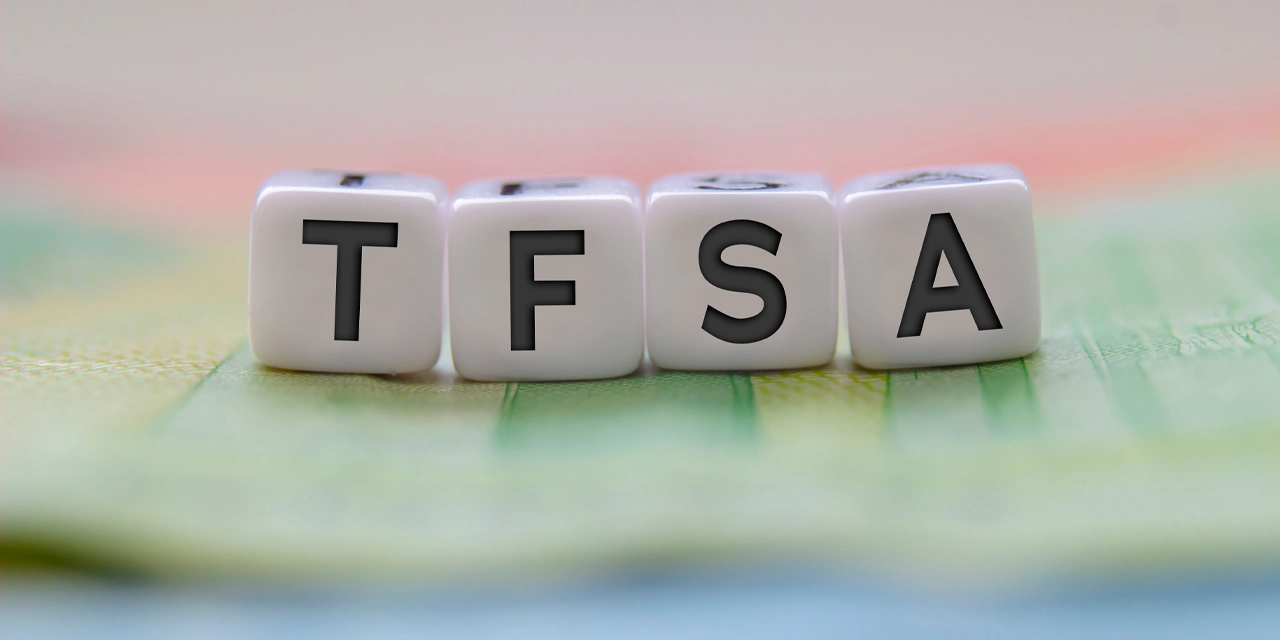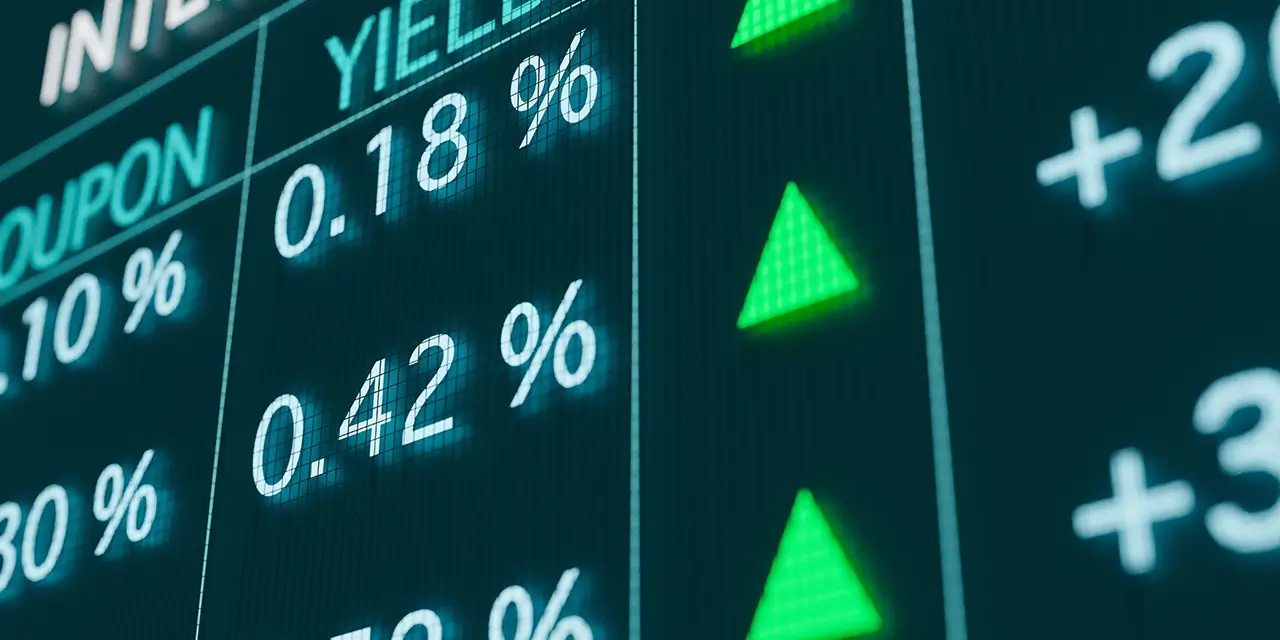By David Kitai
Investing for retirement is about the long-term. That is, until you’re about to retire.
When Canadians start saving and investing for retirement, they are looking at the long-term. They can invest with a greater risk tolerance because even if markets move down in the short term, they shouldn’t need to touch their retirement investments for at least 20-30 years. Since the broad market (as measured by the S&P 500 index) has returned an average of 10% per year over the past 50 years, those Canadians can feel relatively confident in the growth of their assets over time.
The trouble with that 10% number is it’s an average of a long time. It does not guarantee that this year’s returns will be positive or negative. The future is always uncertain and while a long time horizon can help investors tolerate uncertainty, as those investors edge closer to retirement, their time horizon shortens.
In the years nearing retirement, and during retirement, Canadians face a new kind of risk: sequence of returns risk (SORR).
We have prepared this helpful guide to explain what sequence of returns risk is, why it impacts pre-retirees, and how some ETF strategies can help manage that risk.
What is sequence of returns risk (SORR)?
Sequence of returns risk is the chance that a period of negative market returns occurs when an individual needs to draw on their investments.
For example, if an individual needs to buy a house with their investments at the end of the year, but over that year the value of their investments falls by 20%, following that loss, they may no longer be able to afford the house or may be forced to take on more debt because of a short-term fall in market value. Because the individual had to liquidate their investment portfolio to buy their house, they could no longer participate in any recovery in the value of their portfolio over the longer-term. Instead, they realized a loss on their investments.
As the example shows, sequence of returns risk is not limited to retirees; many different savings goals are subject to this risk. However, Canadians nearing or in retirement should be particularly aware of SORR because of how large the average Canadian retirement portfolio is. A recent study reported on by the Toronto Star found that Canadians feel like they need as much as $1.7 million to retire. One bad year on the market leading up to a planned retirement date could mean a retiree realizes hundreds of thousands of dollars in losses, or they have to push out their retirement date and compromise on their goals.
Demonstrating SORR with hypothetical portfolios
Another way to explain sequence of returns risk is to show two hypothetical portfolios over a five-year period. These portfolios both start at $100,000 and have the same average rate of return over those five years of 6% (simple average). Let’s assume these are the portfolios of individuals already in retirement, so every year 4% of the portfolio is withdrawn to cover expenses. The only difference between these portfolios is their sequence of returns.
| Year | Portfolio A Returns | Portfolio B Returns |
|---|---|---|
| 1 | 20% | -10% |
| 2 | 10% | -5% |
| 3 | -5% | -10% |
| 4 | -10% | 20% |
| 5 | 15% | 15% |
Let's calculate the remaining portfolio balance at the end of each year, assuming an initial investment of $100,000 and a flexible 4% withdrawal based on the previous year's portfolio value.
For Portfolio A:
• Year 1: $100,000 + ($100,000 * 20%) - ($100,000 * 0.04) = $116,000
• Year 2: $116,000 + ($116,000 * 10%) - ($116,000 * 0.04) = $127,600
• Year 3: $127,600 + ($127,600 * -5%) - ($127,600 * 0.04) = $119,220
• Year 4: $119,220 + ($119,220 * -10%) - ($119,220 * 0.04) = $105,448.8
• Year 5: $105,448.8 + ($105,448.8 * 15%) - ($105,448.8 * 0.04) = $122,127.36
For Portfolio B:
• Year 1: $100,000 + ($100,000 * -10%) - ($100,000 * 0.04) = $86,000
• Year 2: $86,000 + ($86,000 * -5%) - ($86,000 * 0.04) = $79,540
• Year 3: $79,540 + ($79,540 * 10%) - ($79,540 * 0.04) = $88,694.4
• Year 4: $88,694.4 + ($88,694.4 * 20%) - ($88,694.4 * 0.04) = $113,728.16
• Year 5: $113,728.16 + ($113,728.16 * 15%) - ($113,728.16 * 0.04) = $135,674.88
As you can see, with the same average return but different sequences of returns, the remaining portfolio balance is impacted. Portfolio A experienced negative returns closer to the end of the 5-year period versus Portfolio B, which saw negative returns closer to the beginning. At the end of year 5, Portfolio A ended with $122,127.36, while Portfolio B ended with $135,674.88. The difference in the sequence of returns affected the overall outcome, even with the same average return of the 5-year period and a flexible withdrawal rate.
How Canadians can manage sequence of returns risk?
One strategy that Canadian investors and their financial advisors use to manage SORR is the gradual shift in their portfolio towards securities like good quality bonds which are less risky relative to stocks. A 25-year-old investor saving for retirement has a far higher risk tolerance than a 55-year-old, because they are less likely to need to draw on their investments in the short-term.
As an investor ages, they might transition their portfolio towards securities with generally lower risk. They might take on fewer stock or equity investments, and transition to more bonds and fixed income. These portfolios typically come with lower average returns, but they can be considered less likely to lose significant value in the short-term. Nevertheless, every investment comes with some kind of risk and this strategy can still leave some exposure to sequence of returns risk. Moreover, it means foregoing some possible growth opportunities.
Investors also could try to practice spending discipline in retirement, leaving more of their portfolio exposed to market growth or recovery opportunities while only liquidating what they need at a given time. While that strategy spreads out sequence of returns risk, it’s harder to practice that level of discipline during period when the cost of living is rising as reflected in higher inflation.
Managing sequence of returns risk comes down to generating the necessary and sufficient income to live in retirement while retaining exposure to market growth opportunity. One kind of investment offers that combination: equity income exchange traded funds (ETFs).
How equity income ETFs can help manage SORR
Equity income ETFs hold portfolios of equities (stocks) which are exposed to long-term market growth opportunities. They also pay high income, generated through the sale of covered call options. That income is typically paid monthly at an annualized rate well above the rate of inflation. It can help a retiree pay for their day-to-day lifestyle needs and goals in retirement while the underlying portfolio of equities can continue to capture market growth opportunities.
Covered call option strategies do forego some element of market upside through the sale of options, but at Harvest ETFs we use an actively managed strategy which seeks to ensure both consistent income distributions and upside exposure at any given time. Our equity income ETFs are always at least 67% exposed to the upside of their holdings.
By paying consistent monthly income to offset lifestyle costs and withdrawals, while retaining exposure to market upside, equity income ETFs can help retirees manage their sequence of returns risk.

David Kitai
David Kitai is the content editor for Harvest ETFs. A graduate of the University of British Columbia’s school of Journalism, David has worked as a freelance foreign reporter and both a reporter and editor for large North American business publications. David is currently responsible for the content marketing strategy at Harvest ETFs.













